Kymeta, the communications company that is completing the connectivity fabric for everything, everywhere, and Kepler Communications, a pioneer of software defined satellite communications, today announced at Satellite 2020 that they have entered into a Memorandum of Understanding to integrate Kepler’s Global Data Service into the just-announced Kymeta™ u8 Terminal and Kymeta Connect™ offering.
This product collaboration envisions Kymeta combining the value proposition of Kepler’s low Earth orbit (LEO) satellite service with the best aspects of traditional (Geostationary) satellite communications and 4G/LTE communications networks. The relationship builds upon the successful integration work announced by Kepler in mid-2019, when Kepler demonstrated compatibility between its LEO satellites and the Kymeta™ u7 electronically steered antenna (ESA), becoming the first LEO operator to do so.
Kepler’s Global Data Services offers high-capacity data backhaul to areas beyond traditional satellite and communication network coverage at a more favorable rate than traditional providers globally due to the economics of Kepler’s LEO satellite network.
“We are extremely excited about the collaboration with Kepler as it finally brings to market the promise of LEO capacity to deliver connectivity to the mobility markets,” said David Harrower, Senior Vice President of Global Sales at Kymeta. “By adopting the latest and best technical capabilities, we believe we deliver what the market has demanded in terms of mobile connectivity and have done so by bringing flexible and commercially viable service offerings made possible by each party’s technical advancements.”
“By expanding the capabilities of their Kymeta Connect™ product with our high-capacity data backhaul service, Kymeta is delivering on an ask we often hear from users – ‘How do I access all available communications technologies to serve my requirements?’” said Mina Mitry, Chief Executive Officer at Kepler. “Customers want solutions that are ready to go and easy to deploy. Kymeta Connect™, with the Kymeta u8 Terminal, tick both those boxes. By deploying Kepler’s Global Data Service with Kymeta Connect™, the offering becomes much more powerful and able to address the requirements of a greater range of users that traditional providers are unable to accommodate.”
Kepler’s Global Data Service (GDS) covers every part of the globe, from pole to pole, and allows the movement of gigabytes of data to and from the user’s location at economic rates. Currently enabled with Kepler’s first two satellites on orbit, the capabilities of GDS will expand significantly over the course of 2020 with Kepler’s previously announced vertical integration and launch procurements. Commercial availability of GDS within the Kymeta Connect™ offering is targeted to align with market availability of the Kymeta™ u8 Terminal as well as Kepler’s expanded constellation later this year, with key customer trials supporting the development effort. To express an interest in participating, connect with your Kymeta or Kepler representative.



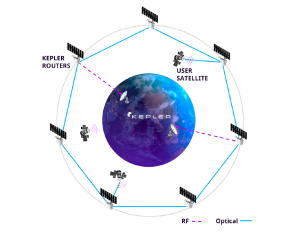
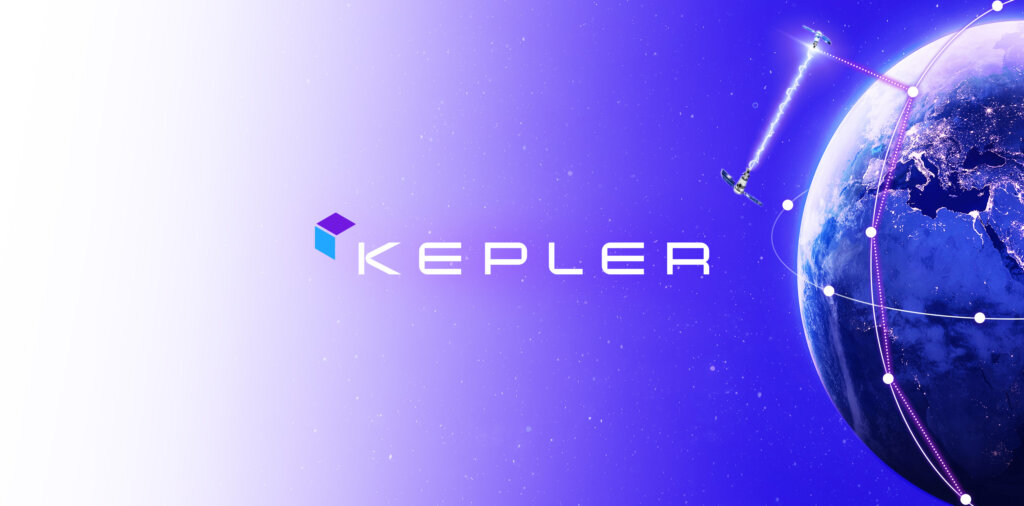

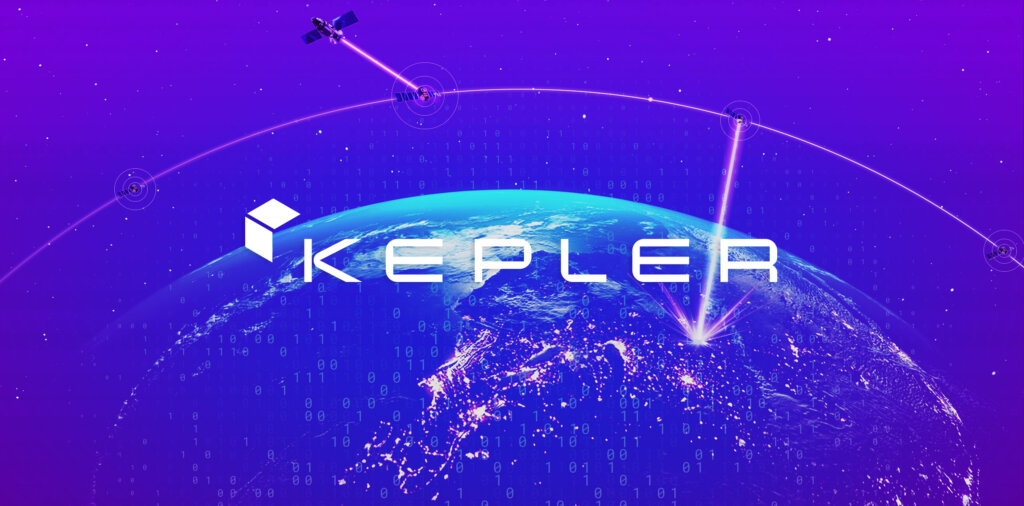

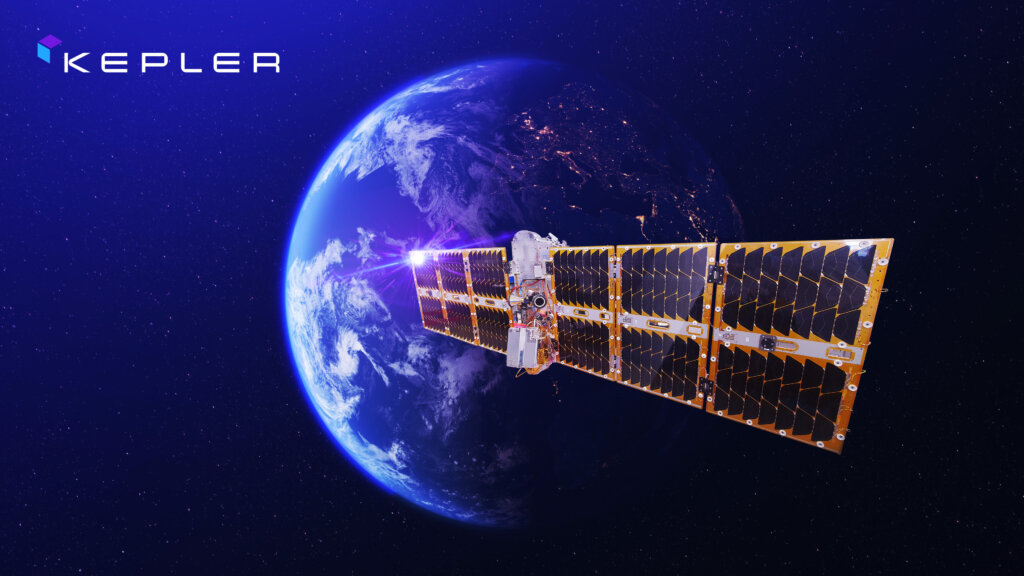
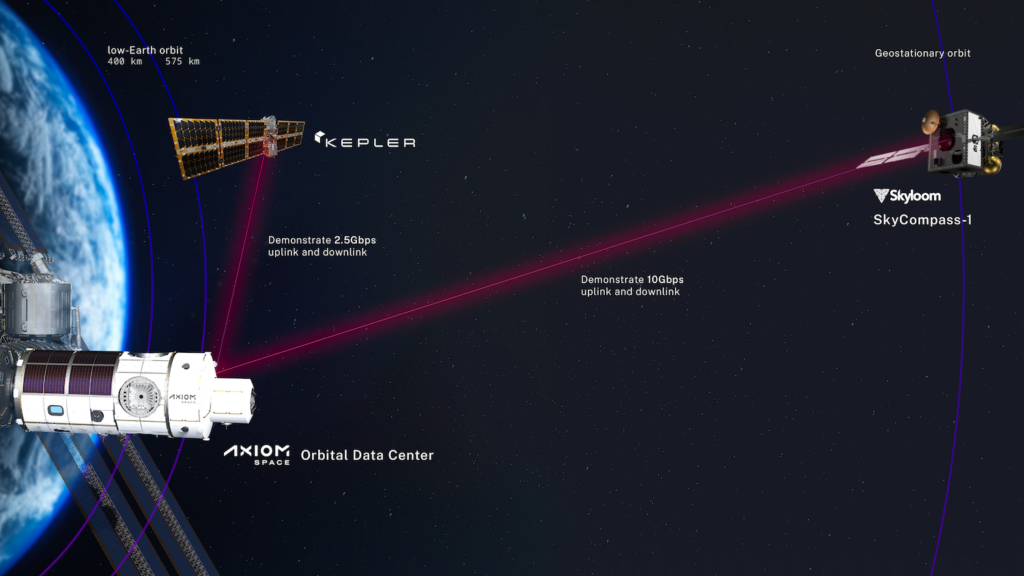
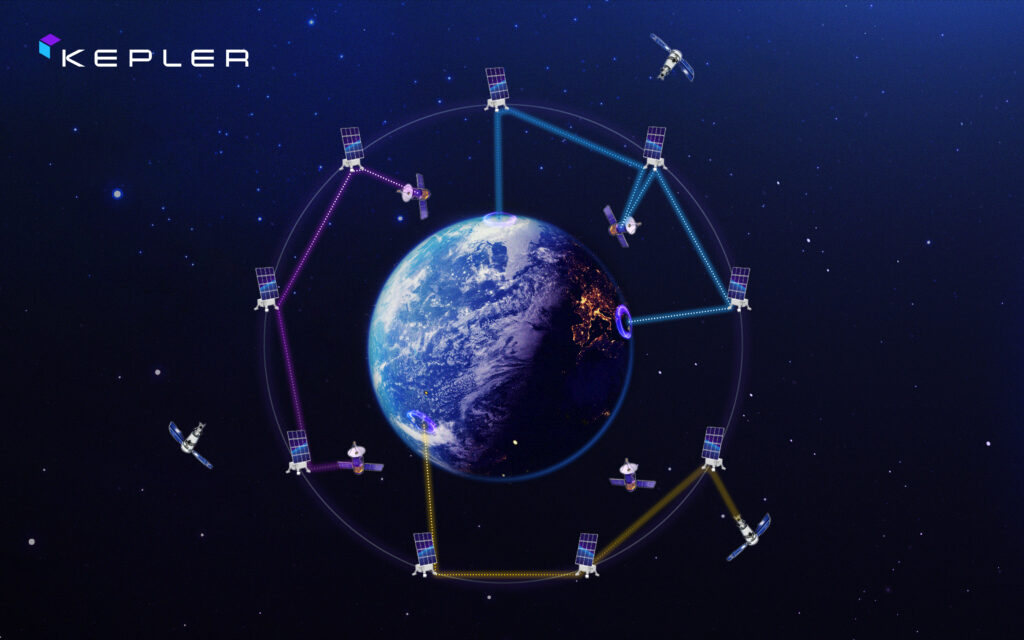






No Comments on Kymeta & Kepler Communications announce MOU to promote the delivery of Kepler LEO Satellite Services using the new Kymeta™ u8 Electronically Steered Antenna